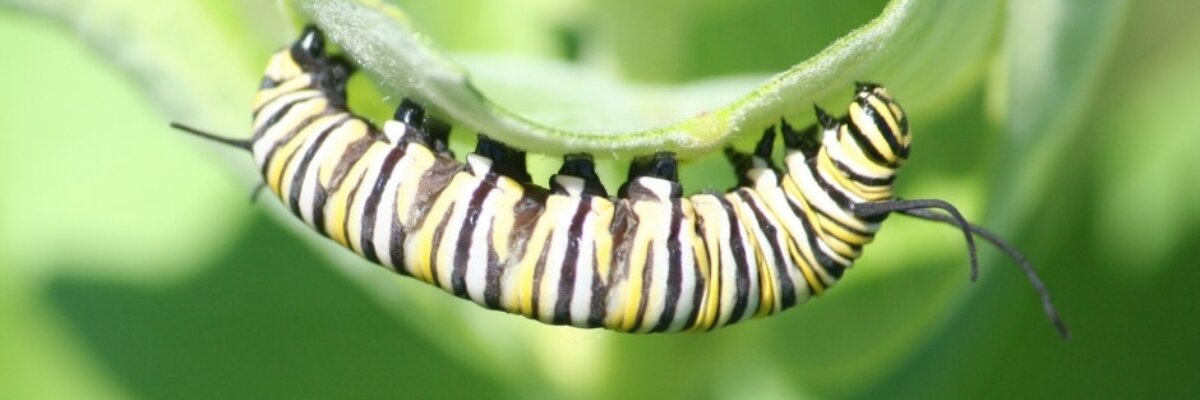
Why does my milkweed look diseased or yellow?
Disease isn't always the culprit when milkweed doesn't appear healthy. If there is a possibility that herbicide was applied in the general vicinity, this could potentially be a cause for unusual or sick-looking milkweed. If spray drift is unlikely the cause, there are many different diseases that affect milkweed, including everything from fungi to viruses. One common bacterial disease is called milkweed yellows phytoplasma.
It can be difficult to identify what is affecting your specific plants, as there is no comprehensive diagnostic manual for milkweed diseases. The Xerces Society Milkweed FAQ provides some general advice about dealing with diseased milkweeds:
"When milkweeds in home gardens or landscape features display symptoms of infection, removing and disposing of the diseased tissue will help prevent the infection from spreading to healthy plants."
Specifically in regard to a common milkweed disease called "milkweed yellows phytoplasma":
Phytoplasmas are bacteria; they do not have a cell wall and are enclosed by a single membrane. They cause diseases in plants and are spread by insect vectors (primarily leafhoppers). Leafhoppers aren't the only insect that can spread phytoplasma, but most of the known vectors are in the insect order Hemiptera. Their piercing/sucking mouthparts allow them to feed on the phloem of plants, where phytoplasmas live. These phloem-feeding insect vectors can transfer diseases such as milkweed yellows phytoplasma by feeding on an infected plant, allowing an incubation period during which the phytoplasma cells replicate and eventually reach the insect’s salivary glands, and then moving to a healthy plant and injecting phytoplasma cells into it during feeding. How do you know if your milkweed has a phytoplasma disease? There are a few symptoms to look for, according the Phytoplasma Resource Center found on the USDA Agricultural Research Service website:
- Phyllody—development of leaf-like growths in place of normal flower parts
- Virescence—development of green color in place of normal flower color
- Witches Broom—abnormal, excessive proliferation of axillary shoots resulting in a broom-like growth
- Yellowing—leaves lose normal green color, becoming yellow
- Little leaf—development of abnormally small leaves
- Proliferation—abnormal growth of numerous stems
- Necrosis—death of cells and/or tissues
- Dieback—death of branches
- Stunting—overall reduction of plant height
- Bunch top—shortening of internodes at and near the tip of a branch, resulting in bunched growth at the end of the branch
What should you do if you suspect phytoplasma in your milkweed patch? Since the disease is spread by insect vectors, one way to get phytoplasma under control is to quickly and effectively eliminate any milkweeds suspected of phytoplasma, at the first sign of disease. By digging out an infected plant, you reduce the chances of other insects feeding on that plant and becoming vectors of the disease.
